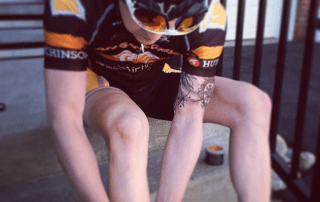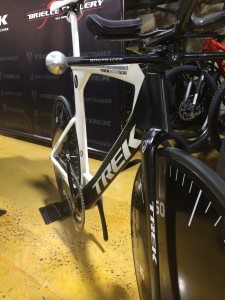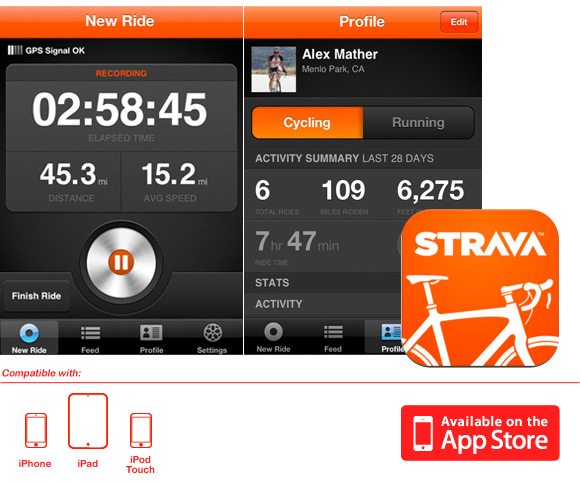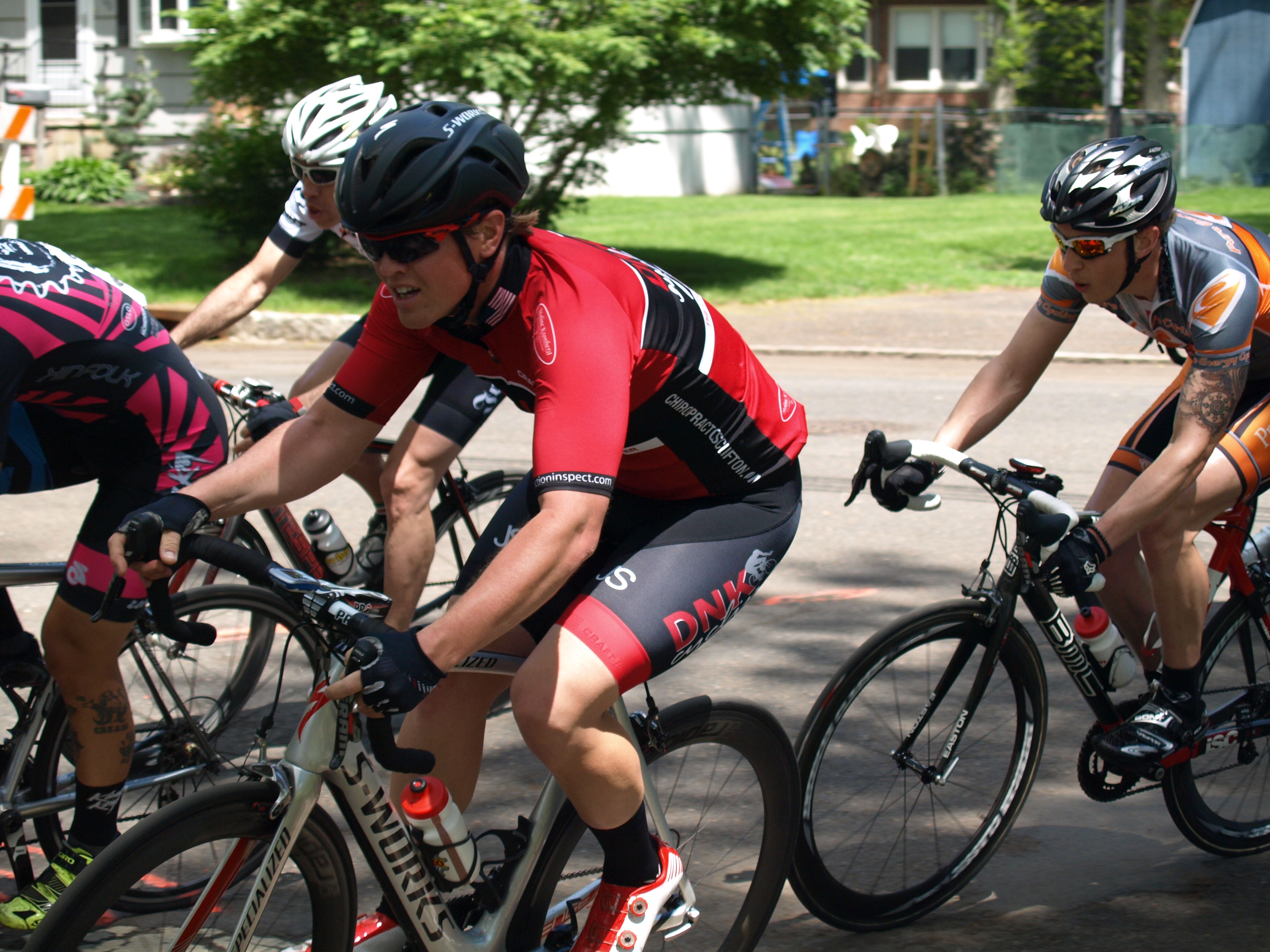The “Do’s and Don’ts” of Embrocation
Embrocation:
em·bro·ca·tionˌembrəˈkāSH(ə)n/noun
Embro. Leg Lube. Belgian knee warmers. Whatever you call it, it's something that has fascinated cyclists for decades. It is an essential part of cyclocross, but has become an accepted and even necessary part of fall, winter and early spring road cycling. It's something that many people speak of in hushed tones, in reverence and wonderment. Embrocation is akin to leg shaving in terms of the depth of puzzling looks received by those new to the sport (and indeed, those outside the sport.) It's a skin protector. It's a leg “polish.” It's a warming agent. Truly, it's as close to the very essence of cycling as one can get without chattering over the bergs of Belgium on a steel Bianchi. But why is that so?
If you're new to embrocation, you may rightly be wondering what the fuss is all about. “It must be easy to just rub it in and ride off into the sunset, right?” Sure, your legs will shine like gleaming beacons of power and destruction, and they will tingle with the a warmth indicative of the spring classics. But beware, for circumstances can go horribly awry and end with an eye opening, possibly life changing (and certainly nether-region demolishing) experience.
As with all things in life, there's a right and a wrong way to undertake any task. And the correct method of embrocating bliss is to speak of “The Ritual” which should accompany each embrocating experience you undertake.
First, you'll probably need some embro. I'm personally a huge fan of
Now that you have your embro, you need to apply it. But before you do read more after the jump. To help you out on the path to righteous embrocating, I'm going to go through some of the “do's” and “don'ts” of embrocating, along with the ramifications of each.



 Jens pointed out that you have to believe in yourself. You have to believe in yourself without hesitation or fail, you have to dream big and you have to go out there and “get what you want”. He recounted his horrific crash in the 2010 Tour de France on the descent of the Col due Petit-Saint-Bernard in which he fractured his cheek and sustained a concussion. He regaled us with details like German TV announcers predicting he had a 50/50 chance to survive the night. And then he went on to explain how he was determined to return to racing, as strong as he was before.
Jens pointed out that you have to believe in yourself. You have to believe in yourself without hesitation or fail, you have to dream big and you have to go out there and “get what you want”. He recounted his horrific crash in the 2010 Tour de France on the descent of the Col due Petit-Saint-Bernard in which he fractured his cheek and sustained a concussion. He regaled us with details like German TV announcers predicting he had a 50/50 chance to survive the night. And then he went on to explain how he was determined to return to racing, as strong as he was before.

